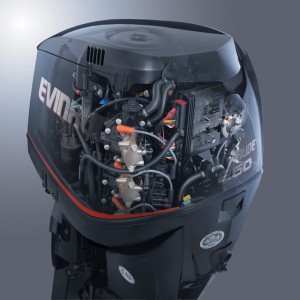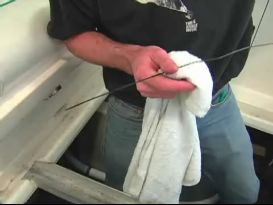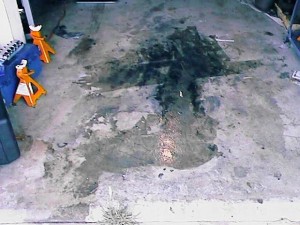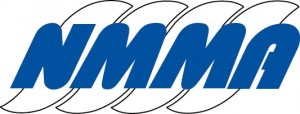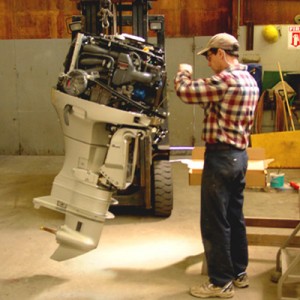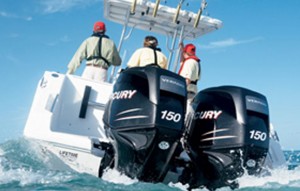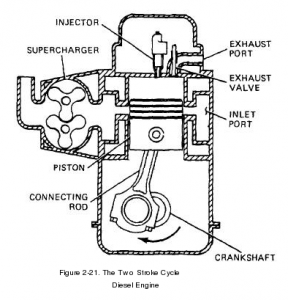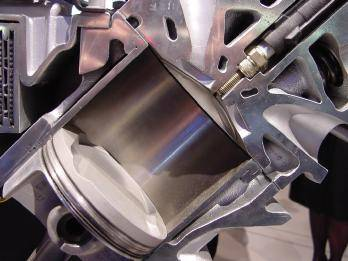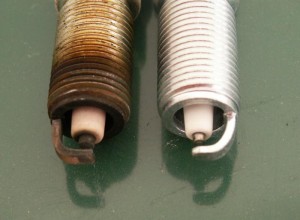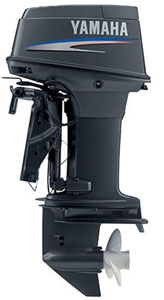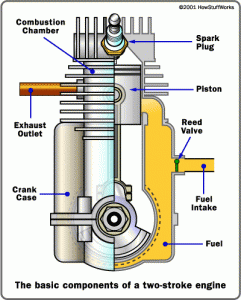Troubleshooting a Two-Stroke Outboard Engine, Part 1
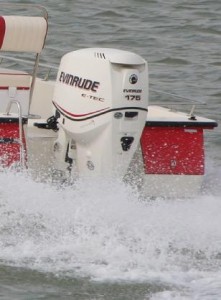 In order to trouble-shoot your outboard engine, you need to have a good understanding of how it works. Typically fuel and air mixture cause problems, as does electrical issues. Here are some tips for trouble-shooting a two-stroke outboard motor:
In order to trouble-shoot your outboard engine, you need to have a good understanding of how it works. Typically fuel and air mixture cause problems, as does electrical issues. Here are some tips for trouble-shooting a two-stroke outboard motor:
First, check that the boat battery is connected. To confirm, turn the ignition key to “on” before revving the engine and see that the electrical system is online. Put the boat in neutral and then shift to a different gear position. Shift back to neutral to make sure the engine is fully engaged. Next, open the ignition switch and check the status of the wiring; none should be loose. If there are loose wires, strip them, add a new connector, and reconnect the wiring to the switch. Come back tomorrow, with some Evinrude Johnson 2 stroke outboard oil in hand, as we continue detailing how to troubleshoot your outboard motor.


